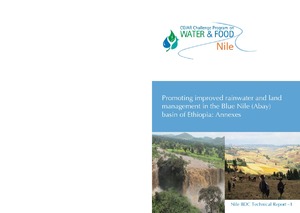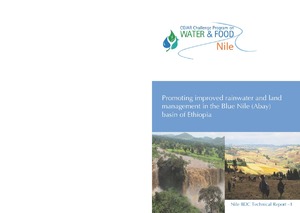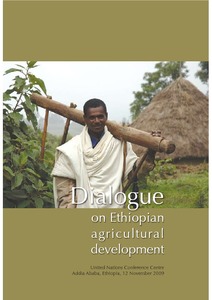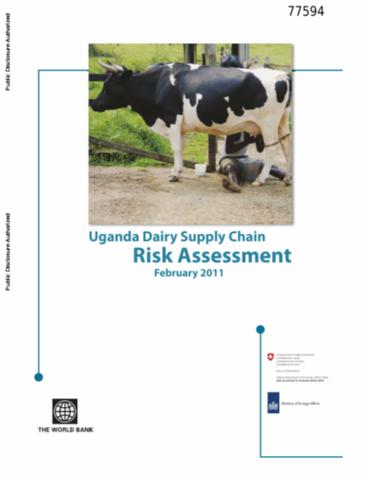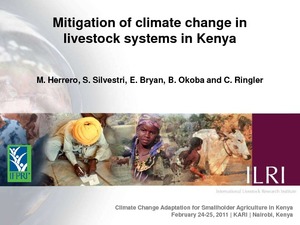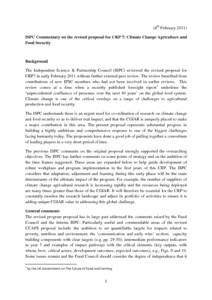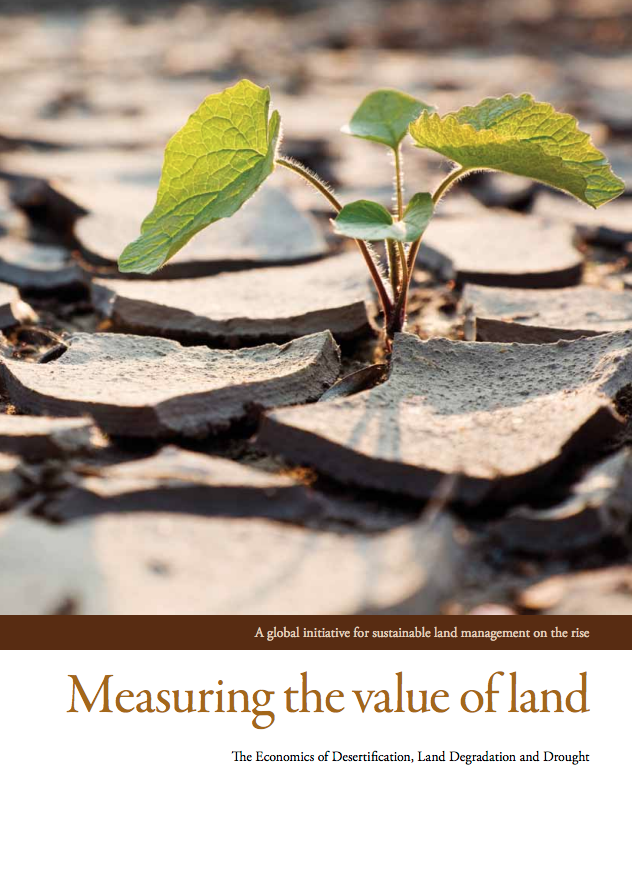Repeated droughts and hazards are the real challenge for Pastoralist communities
Jan de Leeuw from ILRI reflects on the impacts of droughts and hazards on pastoral communities in Africa. He argues that pastoralists are often well-adapted to short term hazards and droughts. A single-season drought weakens livestock and communities. When rains fail repeatedly however, the problems start, and the impacts can be long-lasting. He was talking in the margins of the recent conference in Addis Ababa on the future of pastoralism in Africa. The Addis Ababa conference (21-23 March 2011) was organized by the Future Agricultures Consortium with Tufts University.


